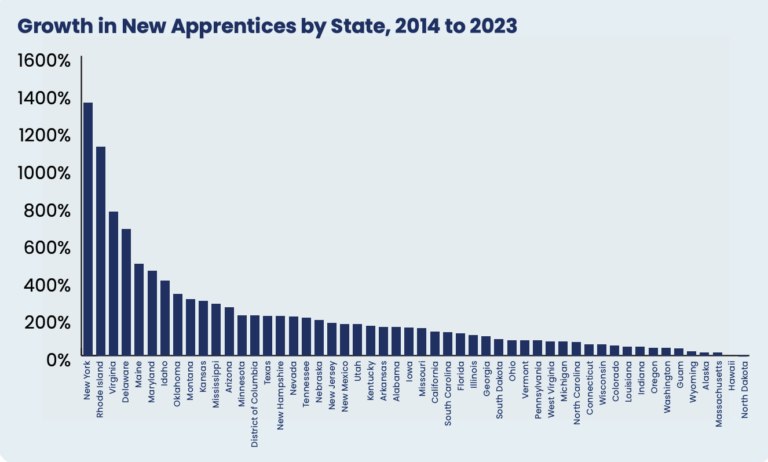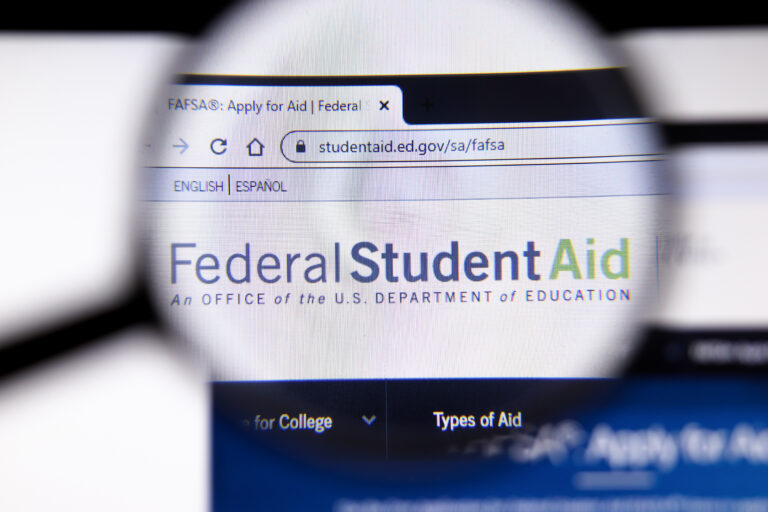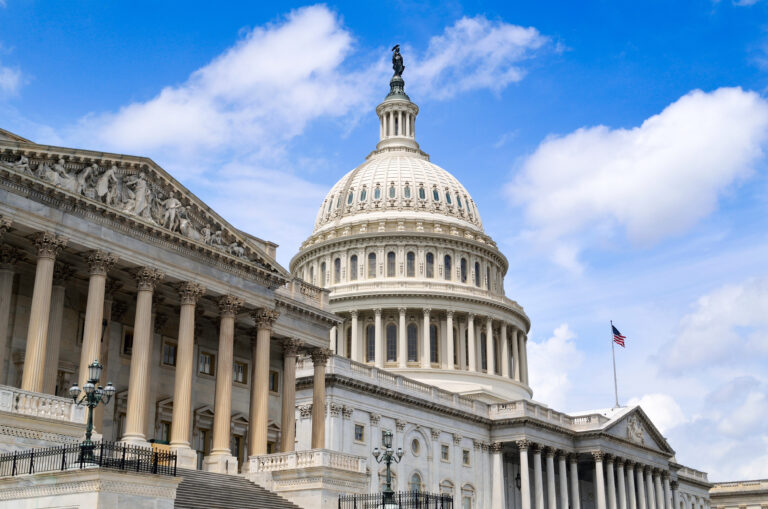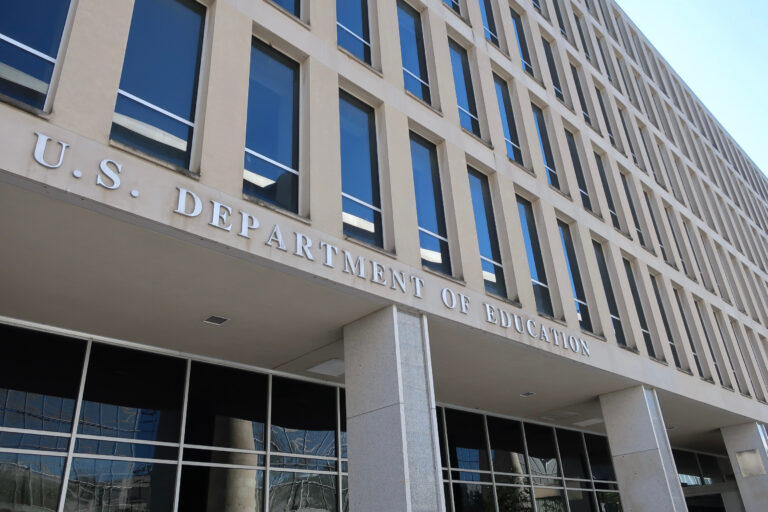With Trump headed back to the White House, apprenticeships are likely to again take center state in the national workforce and education agenda. This week marks the 10th anniversary of National Apprenticeship Week, which celebrates the impact of apprenticeships on economic growth and opportunity. And there’s plenty to celebrate: a frequent bipartisan bright spot, apprenticeships have grown in the U.S. from 360,000 apprentices in 2015 to over 667,000 this year.
That said, there’s still a long way to go.
According to “Apprentice Nation” author Ryan Craig, “the number of apprentices in the U.S. workforce is an order of magnitude lower than countries like the U.K., Australia, and France. Those countries have developed the necessary infrastructure to convince employers to say yes to apprenticeship—and yes to hiring apprentices—across the economy, rather than simply in the building trades.”
It’s true: Despite significant growth, apprenticeships remain heavily concentrated in construction and related trades, leaving fast-growing industries like technology and healthcare largely untapped.
But a growing number of organizations are working to buck that trend.
- Electronics industry titan IPC launched its first apprenticeship program last year and is on track to reach 100 apprentices by the program’s first anniversary.
- Apprenticeships for America just released a comprehensive report focused on state level efforts to expand apprenticeships, through tax credits to new formula funding models.
- Here’s a compelling data point from the report: state legislatures doubled the number of bills passed referencing apprenticeships from 2014 to 2023, and no fewer than 16 governors highlighted apprenticeships in their 2024 State of the State addresses.
Apprenticeship for America Executive Director John Colborn put it this way: “While apprenticeship is gaining attention at the federal level, there’s already tremendous activity going on in states from California to Alabama that can serve as a model for governors and state legislatures.”




